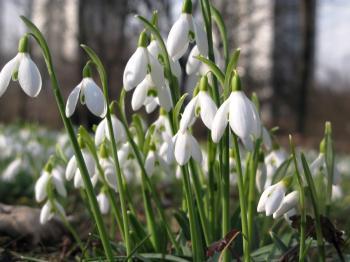Plants Know Their Siblings
It is not fiction that sibling plants—plants grown from seeds of the same plant—can recognize each other.

When sibling plants grow next to each other, their leaves often touch and intertwine, but stranger plants grow rigidly upright and avoid touching each other. sxc.hu
|Updated:





